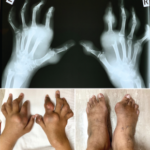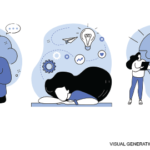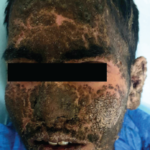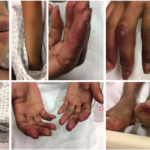Information overload generated by the media, family, friends and colleagues is apparent today. Personal beliefs play an important role in how we filter and process the abundant information available and subsequently identify its utility in daily life. Regardless of professional specialty, individual beliefs underpin personal approaches to clinical care, research development and engagement with patients…









